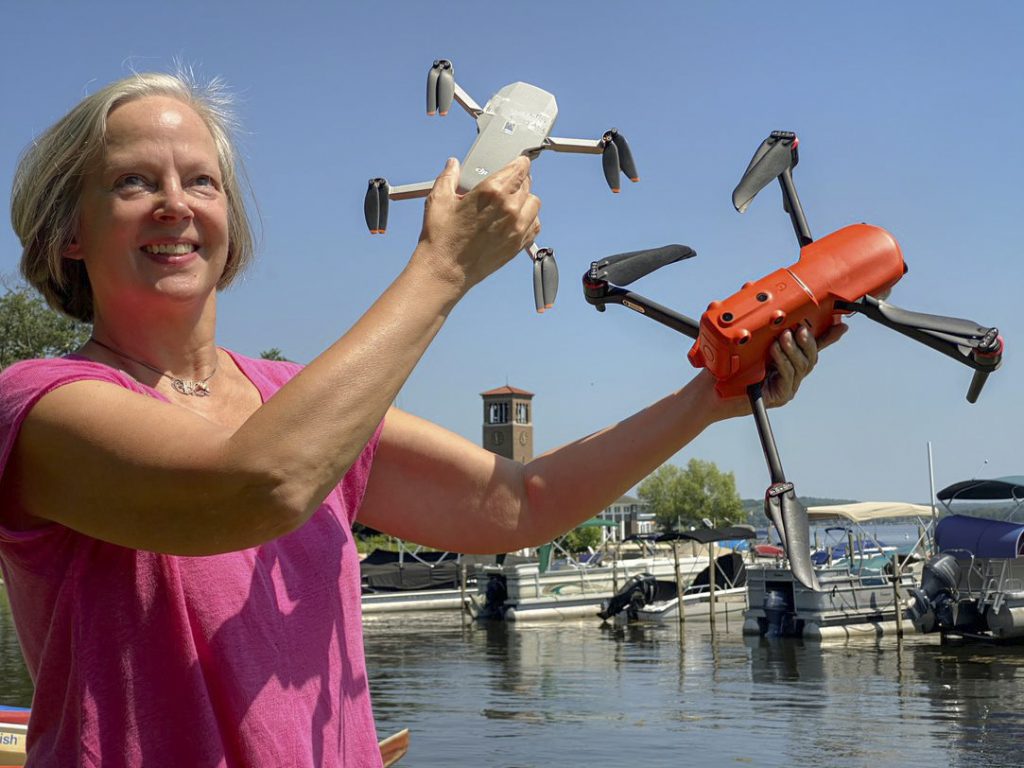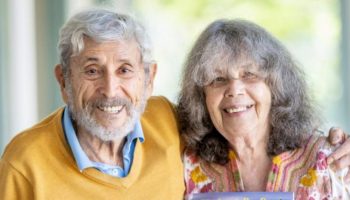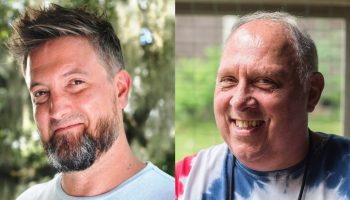A career in photography can catapult those who are curious about other landscapes, seascapes and cultures out of their bubble, open their eyes and minds to disparities within it, and provide a tangible way of doing some good.
For better or worse, taking photos and videos from unoccupied aerial vehicles, like drones, increases the potential for capturing revealing images that yield otherwise unobtainable information. As with most, if not all, technology, drones are neither inherently good nor bad. What makes them one or the other, or places them somewhere in between, are individual and societal perceptions about the nature of the footage. How and where a drone is operated, and how the images taken are used, matters.
Enter certified drone pilot Larissa Rolley. At 4:30 p.m. Tuesday, July 5, at the Chautauqua Women’s Club — in the house and on the lawn — she will give the second Chautauqua Speaks presentation of the season, titled “Flying High: Experiencing a Drone Flight.”

A Chautauquan, photographer and travel professional, Rolley has divided most of the past decade between Chicago and Tahiti, with time spent at Chautauqua each summer.
“I got my first drone in about September 2020 because all the photographers were getting into it,” she said. “I started playing with it in Tahiti and said, ‘This is way more fun than I even thought.’ So, back from Tahiti, I passed the test.”
There are very few drone pilots despite the fact that piloting is “very easy to do and super fun,” Rolley said.
Before demonstrating how drones work, she will give an overview of drones and drone use in the United States and worldwide.
Perhaps Rolley’s wanderlust began at the World’s Fair in her home state of New York. As she grew, she and her family moved frequently — from Washington, D.C. to Richmond, Virginia, to Australia to inner-city Baltimore and then to West Lafayette, Indiana.
Her passion for photography began during high school.
“I took photography classes in high school,” Rolley said. “When I graduated, one of my gifts was a camera.”
As an undergrad at Indiana University Bloomington, she said she majored in computer science and French, minored in studio art, and spent a year abroad in Strasbourg, France.
“When I graduated, I started working as a consultant in IT, consulting for about eight to 10 years,” Rolley said. “… I did some work in the States: San Francisco, New York City, Wisconsin, Atlanta. But also in London, Ireland and the Philippines.”
Rolley said that while she was using her knowledge of computer science at work, she was always a photographer.
“That’s how I would explore countries on the weekend,” she said.
In London, where she lived near a partially government-funded art center for a year, she did “photo transfers,” or silk screenings. And in Philadelphia, she took watercolor classes.
“And then, I didn’t dislike what I did, but at some point I took a leap because there was not enough art,” Rolley said.
To learn Italian while studying art and photography, Rolley spent a term in Florence, Italy, at Studio Arts College International, an American school founded in 1975 by Fulbright scholar and renowned painter Jules Maidoff.
“Then I did a year where I was at the Florence School of Fine Arts and Fondazione Studio Marangoni,” she said. “All of it was to prepare a portfolio to go to grad school at Columbia College in Chicago, where I earned my Master of Fine Arts.”
She took advantage of her student status to get a temporary work visa in Paris, where she said she took a job at what she described as “a high-end advertising company, a small group within a monster publication company.” Because of the additional work, it took Rolley nearly three years to earn her MFA.
During her summers, Rolley began cooking on, and taking photographs from, a boat that toured Greek islands, including Icaria in the Aegean Sea, which derives its name from Greek mythology.
It was believed that Icarus, son of Daedalus, fell into the sea near this island after flying too close to the sun. Rolley said that the island Icaria was the inspiration for her MFA visual thesis, “The Fall of Icarus.”
Upon graduation, Rolley made Chicago her base. She said that she initially ran a wedding photography business before starting a photography business of her own.
Because she had mastered several foreign languages — French and Italian, plus some Spanish and Greek — and wanted to keep up with them, Rolley “dropped weddings” and focused on tourism in Chicago, Tahiti and elsewhere.
Eight of Rolley’s images have been installed at Deloitte Touche Tohmatsu, an international professional services network headquartered in London. Others have been exhibited in France, Italy, French Polynesia, the United States, and in private collections.
In Tahiti, Rolley is a member of the photographic association Hoho’a.
She accompanies Surabhi Ensemble, which was founded in Chicago in 2010 by the award-winning Veena player, Saraswathi Ranganathan, on its Global Peace tour. Prior to the COVID-19 pandemic, Surabhi performed in Vietnam, Spain, Portugal, Senegal and Mexico. Rolley said that the post-COVID tour is now picking up.
Despite having only begun working with drones less than two years ago, Rolley has contributed her imagery to two substantial projects in Chicago, including the documentary “We Witness.”
It focuses on disturbing discrepancies in resources and opportunities between Garfield Park and other Chicago neighborhoods.
Perhaps the most jarring inequity depicted is that life expectancy on Chicago’s Near North Side is 82 years, whereas in Garfield Park it is just 69 years.
“It has sparked a lot of conversation,” Rolley said.
She also contributed night-time drone footage to BOA Light Studio’s “Urban Buffet” light installation, part of the Chicago Architectural Biennial. According to Rolley, BOA “is a French company that does really creative lighting solutions for spaces in cities. You don’t want really bright lights at 11 p.m.”
And in leafy green upstate New York, she used drone imagery to show a man high up in a crane hanging an expansive American flag in preparation for the Fourth of July.
Rolley’s journey with photography, including with drones, has taken her all over the world and allowed her the opportunity to both interact with and share alternative cultures and perspectives.




